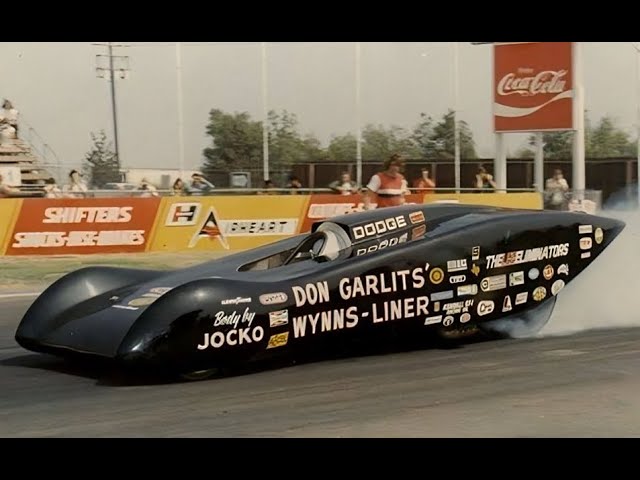This is The Shocking Truth Behind Don Garlits Deadly Swamp Rat XIII!
In March 1970, drag racing legend Don Garlits suffered one of the most harrowing crashes in the sport’s history — but out of it came one of the greatest shifts in drag-racing design and safety. Here’s what happened with his front-engine slingshot dragster Swamp Rat XIII, why it nearly killed him, and how it sparked the revolutionary move to rear-engine Top Fuel dragsters.
1. What happened — the explosion at Lions Drag Strip (March 8 1970)
-
While racing Swamp Rat XIII at Lions Drag Strip in California, Garlits was in the final round of an AHRA Grand American event when his two-speed transmission exploded.
-
The explosion ripped the dragster in half just in front of the cockpit, severed part of his right foot, and forced Garlits into a long recovery.
-
Garlits himself explained: “In 1970, the transmission exploded … and it cut my foot off and cut the car in two. That’s when I drew up plans for what I thought would be a championship rear-engine car.”
2. Why it was so dangerous — the slingshot design’s inherent risks
-
The “slingshot” layout placed the driver behind the engine and rear axle, so any failure (drivetrain, engine explosion, chassis break) put flying debris, transmission fragments and flames dangerously close to the cockpit.
-
At high speeds, components like transmissions or couplers were unprotected and could explode outward or inward, causing catastrophic driver injuries.
-
In Garlits’ case, the two-speed gearbox failure wasn’t just mechanical—it resulted in structural breakage of the chassis and immediate driver trauma.
3. The staggering aftermath and recovery
-
Garlits spent weeks in hospital, recuperating from his injuries, including severe foot trauma and broken bones.
-
Despite the severity of the crash, he returned to the track with a singular focus: redesigning his dragster with safety and performance in mind.
-
The psychological impact: From his hospital bed he conceptualized his next car, showing that failure can drive innovation.
4. The engineering shift: From front-engine to rear-engine
-
The crash of Swamp Rat XIII became a breaking point. Garlits recognized that the risk of the slingshot design could no longer be ignored.
-
He developed the rear-engine dragster — the Swamp Rat XIV — which debuted in 1971 and changed Top Fuel drag racing forever.
-
Don Prudhomme later observed: “If that [Swamp Rat XIII crash] hadn’t happened, we might never have had a rear-engine dragster.”
5. Legacy and what it taught the sport
-
Safety: The incident highlighted the need to shield the driver from catastrophic mechanical failures and led to design changes across the series.
-
Innovation: Garlits’ injury became the catalyst for one of the greatest engineering pivots in drag racing history.
-
Performance: The rear-engine layout became standard in Top Fuel, improving not only safety but also performance and stability.
6. The shocking truth behind the legend
-
The crash almost ended Garlits’ career—but he turned the setback into a defining moment.
-
What appears simply as a tragic mechanical failure is actually the tipping point in drag racing’s evolution.
-
Swamp Rat XIII wasn’t just a car that failed—it was the car that forced an entire sport to change course.
Conclusion:
The story of Don Garlits and Swamp Rat XIII is a profound one: from catastrophic destruction to transformative creation. It’s a reminder that in motorsports, the boundary between victory and tragedy is razor-thin—but it’s often the disasters that shape the future.


